8 min read
No Eyeballing, Just Facts: Is Red LED Therapy Bad for the Eyes?

I spy with my little eye something beginning with the letter "L." With no lollipops, laziness, or labyrinths (except in marketing) in high-end skin tech, the object spied by your most precious apple could only be LED lights that have flashed big on the contemporary non-invasive skincare scene.
Regardless of the proven buckets of benefits in skin healing, pain management, inflammatory conditions, restoration, and rejuvenation, LED light therapy still causes some concerns and an odd squint of disbelief when it comes to eye damage. So, how does red light therapy affect your eyes? Can red light damage eyesight? Do you need eye protection, or could you simply close your eyes? Coming right up.
The accidental discovery of LED lights
What's so special about Semmelweis Medical University in Budapest, Hungary? Probably a lot of things since it's been around for a few centuries, but we're interested in one Dr. Endre Mestner and have ridden this typographic TARDIS all the way back to 1967. Mestner, trying to recreate the success of a college in Boston (MCGuff) that destroyed a tumor with a new technology of a ruby laser, ventured to do the same in his rats. But unbeknownst to Mestner, the laser was much weaker than McGuffs, and instead of curing cancer, he healed the wound spot and regrew rat fur. This accidental discovery kickstarted a whole range of applications of LLLT (Low-Level Laser Therapy), aka LED or photobiomodulation, in skincare, fertility, autoimmune conditions, hair loss, and hair-thinning issues.

But for now, we'll skip the long history and benefits of red LED light therapy, which those interested can explore in the following helpful articles:
- The Science Behind Red LED Light Therapy and Its Benefits
- How to Use Red Light Therapy for Hair Loss
- UFO™ 3 vs UFO™ 3 LED - Choosing the Perfect Match for Your Skin
- Do At-Home LED Masks Work? Separating Fact & Fiction
- The Benefits of Red Light Therapy for Reproductive Health
Can red light therapy cause eye problems?
Once, in the post-Mesner and just FDA-approved era, the only ones privy to dispatch the power of photobiomodulation devices were clinics within their sterile coldness. Today, we're lucky to live in an age where beauty tech companies have taken the reigns and miniaturized LED therapy devices for hair, face, and body into the handheld form for at-home use. But, with all progress, an inevitable shadow of fear is never far behind.
So, can red light therapy damage eyesight? The general answer is - no. LED lights in beauty devices are very safe when used correctly. Always, without exception, read the instructions for use even if you've used an LED therapy device before, and use your LED device as stated by the manufacturer. Equally, if you're going for a professional LED facial, follow the instructions of the professional carrying out the treatment. These in-office LED treatments tend to have stronger lights and sometimes require eye protection, which your provider will discuss with you.

How does red light therapy affect your eyes?
LED therapy is successful in treating sunspots, fine lines, wrinkles, and sagging skin, but low-intensity red and near-infrared LED light also penetrates deep into the skin to help reduce inflammation, diminish hyperpigmentation, and stimulate collagen production. LED treatment comes in various forms, such as LED face masks, body panels, and targeted wands. Even though you can also find neck and decolletage and hand LED therapy masks, we're all primarily concerned about signs of aging appearing on our face, so most LED therapies in the beauty industry target the face, where your cornea also lives.
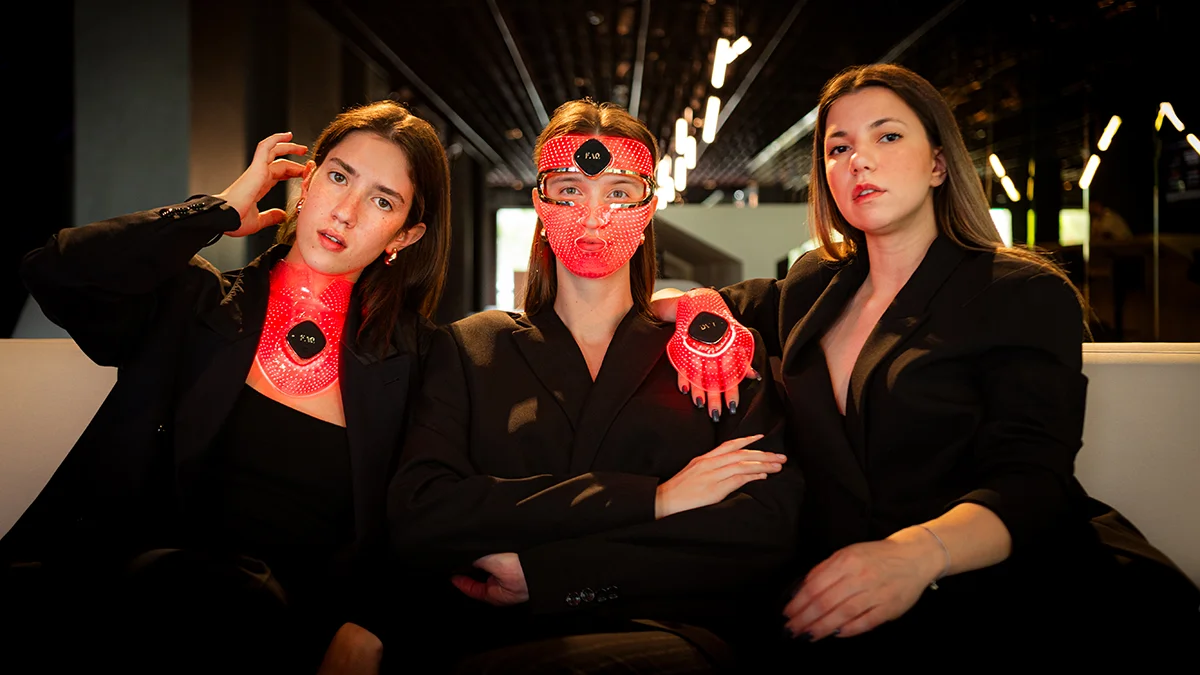
The cornea is located above the black depths of the pupil and its colorful buddy, the iris. It is the translucent top layer and one of the most sensitive parts of the body that can indeed get damaged by light exposure. This mostly refers to ultraviolet radiation (sunlight or a tanning booth light), heat, and overexposure to too-bright lights. The damage is cumulative with long-term exposure.
But, are LED face masks safe? The good news is that LED lights do not fall into the UV spectrum and do not radiate heat, so you'll be quite safe. You may, in fact, gain some benefits, as research revved up about using some red and NIR LED wavelengths (up to 1000 nanometers) as a treatment for conditions like retinal aging. The best results are with wavelengths of 620-700 nanometers focused on improving mitochondrial function in retinal cells. Healthy mitochondria lead to healthy, energetic, and robust cells with abundant cell energy for optimal processes. Red light therapy can also help improve blood circulation, support eye health, help dry eyes by reducing irritation, burning, and discomfort, reduce oxidative stress, and promote tissue repair after eye surgery.

If the light wavelength goes into the 1400+ nm range, which is mid-infrared, this may cause heat damage to the retina and should not be used near or on the eyes. You should have no worries when using an at-home LED therapy device, as most of them keep to the red and lower near-infrared wavelengths. So, is red LED harmful? No. It's considered generally safe, and you have nothing to worry about. You should be more worried about the HEV (higher energy level) of the blue screen lights that dominate our days of contemporary work, travel deeper into the eye, and have been associated with premature eye aging.
Do I need eye protection with red light therapy?
Most at-home red light therapy devices, such as the FOREO UFO™ 3 LED concentrated NIR and red LED therapy device. This deep hydration facial spa and FAQ™ 202, were designed with your ultimate comfort and convenience in mind. They work without the need for protective shielding for the eyes, as the wavelengths in masks are completely safe for the eyes.
FOREO UFO™ 3 line is not only safe but also offers a Shimmer Freak mask in its portfolio dedicated to depuffing and refreshing tired eyes. This mask fuses the power of refreshing natural-origin extracts activated and intensified by LED light therapy.

FAQ™ 202 is a NIR-capable anti-aging silicone mask ideal for combining with skincare like microneedling patches or glass skin face masks. It is molded to the skin and fitting like a second skin. Super lightweight and wireless, it targets all of the aging skin needs with 8 wavelengths. It is designed with a protective rim around the eyes, not because the light could harm your eyes but because you might want to do something else, like read, look at the window, or stare at your cat. At the same time, you mask and don't want a side source of light distracting you. You will not need any sort of eye protection with products like these.

Most face LED masks will fit directly onto the skin, so the light reaching your eyes will be at an angle that will not bother you. However, LED panels are entering the market more and more, and these may require the use of protective eyewear here and there. If treating the face area, panels will be away from you (aka not touching the skin). They will radiate light directly into your eyes. Not necessarily strong enough to cause eye damage, it could be uncomfortable to stare into an intense source of light for any given time, and the potential eye damage or fatigue could come from the light intensity rather than the NIR or red wavelength. So use the glasses/goggles if they come with your panel or mask or close your eyes if the light starts annoying you with RED led that does not require eye protection.

Suppose you're reluctant about getting an at-home LED therapy device and would instead leave it all to the professionals. In that case, clinical treatments are always good if you have the time and resources. Clinical strength treatments may use stronger devices, and your aesthetician may instruct you to wear some eye protection, usually a pair of goggles that also block the side light, a mask, or isolated eye coverings. To answer, is there any downside to red light therapy? Not if used correctly and by implementing eye protection when the producer or a clinic states so. Don't get tempted to overdo it. Don't do hours of LED therapy at a time if the instructions state 15 minutes. You will not get a cumulative effect, but it might do damage. As we all know, the cure (or poison) is in the dose. And, if you have some medical concerns, check with your doctor if using light therapy is safe or contraindicated.

Can I just close my eyes during red light therapy?
If you're still not convinced that your eyes are safe, you can, of course, close your eyes while enjoying an LED facial or basking in front of an LED panel. You may even use this as a selfcare moment and an excuse to get some shuteye in the world that keeps tugging at your sleeve.
Feel free to close your eyes and relax if the intensity of a mask, wand, or panel that does not require protection annoys you or if you have an eye condition or light sensitivity. In the latter situations, you'll need to talk to your doctor before using LED light therapy, especially if you have active conditions like cancer or melanoma. Most manufacturers of stronger panels or devices will add protective glasses to your device's package. So if you've got them, use them, don't just close your eyes. There is a reason they came with your device, and they're sure not there for looks (have you seen some of these things? Pitbull would be proud).

Conclusion
So, what have we learned today, you bright-eyed, curious LED therapy enthusiasts? We now know that red LED light therapy is generally safe for the eyes, with a truly minimal risk of damage when following the instructions. We now understand that the light wavelengths used in most at-home devices are non-UV and do not produce heat, so they don't pose a significant threat to eye health. But if your device comes with glasses, use them. Professional LED therapy devices and panels that have stronger red lights or use some NIR frequencies may call for eye protection, and it is crucial to use them if the directions (or your aesthetician) instruct you to. If you're concerned about eye discomfort or have light sensitivity, closing your eyes during a session is a simple precaution (and a chance to grab a quick, well-deserved nap, perhaps). Overall, red LED therapy offers numerous skin and health benefits without the risk of harming your eyes when used within the recommended guidelines. Stay curious, stay beautiful, and enjoy living in your skin.
Up to 50% off FOREO Gift Sets: code MYSAUNWRAP
Bundle Wonderland from Dec 3 - Dec 31
It is the most wonderful time of the year when we jingle and mingle, and the gifting fever is the only thing louder than bells and buzzed uncles at family gatherings. Ho-ho-holiday home spa beauty gifts just got all bundled up into FOREO gift sets in The Bundle Wanderland. From Dec 3 - Dec 31, the holiday train choo-chooes by with an extra 35% off FOREO favorite devices and up to half off exclusive skincare with the code MYSAUNWRAP.
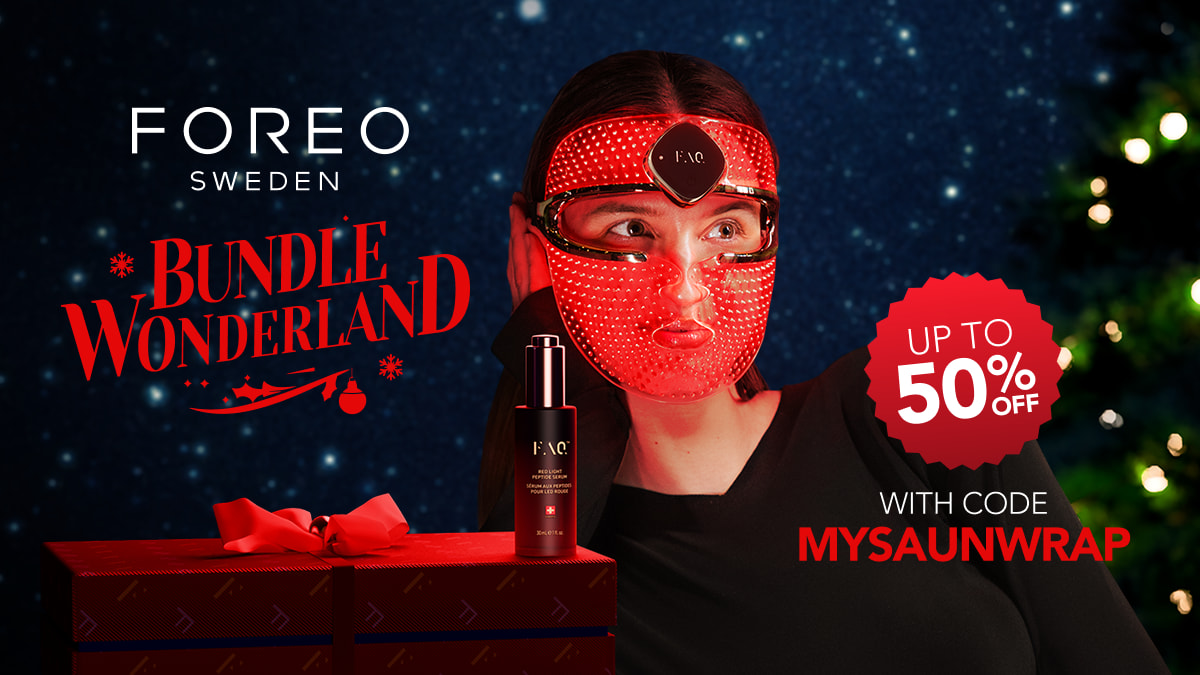
The impressive big-saver holiday skincare gift sets will delight your bulimic wallet and make you instantly glow with holiday cheer.


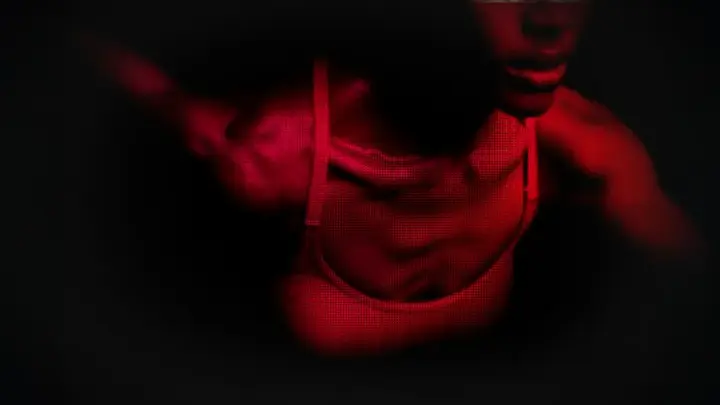

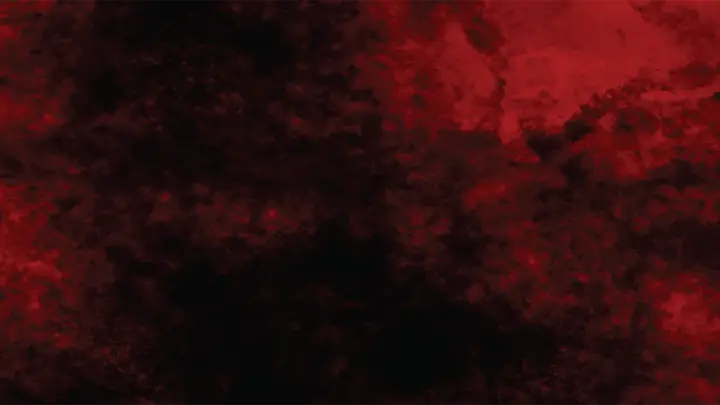
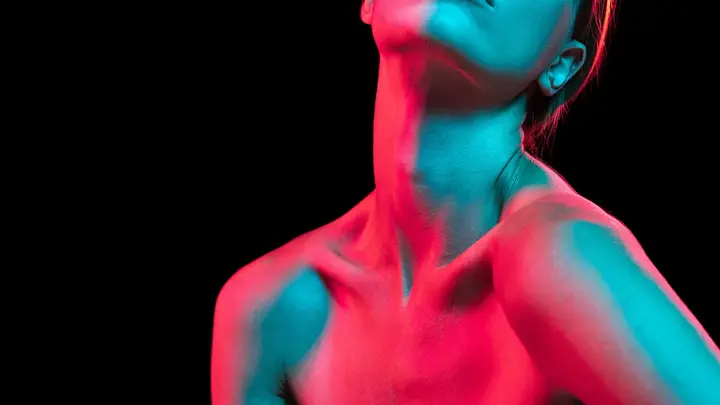


Comments
2 comments
Leave a comment